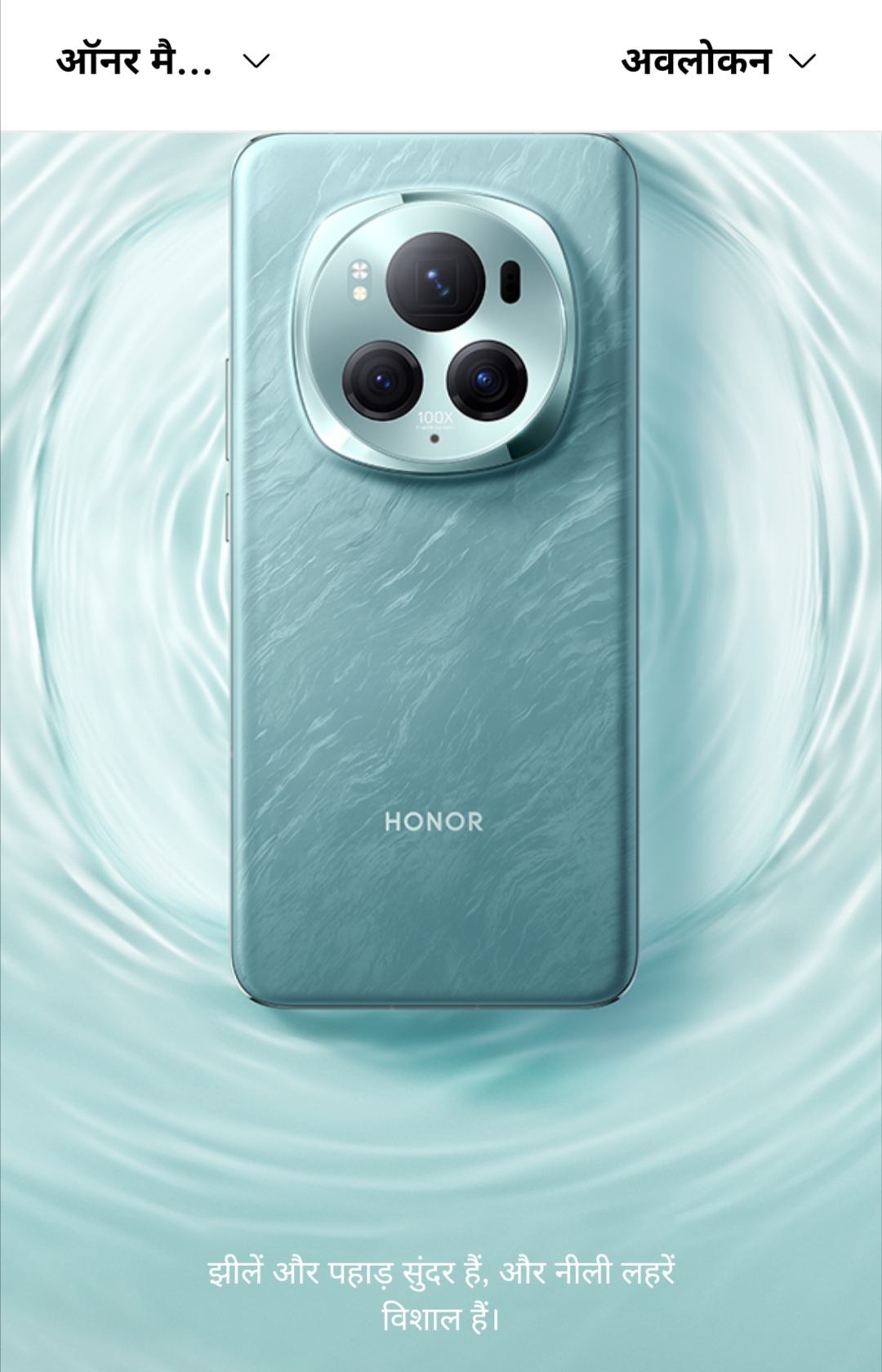The sleek and vibrant screens of modern smartphones are not just aesthetically pleasing; they are marvels of engineering, designed to withstand the rigors of daily use. The toughness of smartphone displays is a testament to advancements in materials and manufacturing, ensuring that these portable devices can weather the challenges of our fast-paced, on-the-go lifestyles.
1. The Evolution of Smartphone Displays:
Smartphone displays have come a long way from the early days of small, fragile screens. Advancements in materials, design, and manufacturing techniques have paved the way for more robust and resilient displays.
2. Materials Matter:
The materials used in smartphone displays contribute significantly to their toughness. The shift from traditional glass to materials like Corning Gorilla Glass has enhanced scratch resistance and overall durability.
3. Impact Resistance:
Smartphone displays undergo rigorous testing for impact resistance. This includes drop tests from various heights to simulate real-world scenarios. Manufacturers employ reinforced glass and shock-absorbing technologies to minimize the risk of screen damage.
4. Scratch Resistance:
The vulnerability of screens to scratches has been addressed through the use of hardened glass with improved scratch-resistant coatings. This ensures that everyday items like keys or coins are less likely to leave permanent marks.
5. Water and Dust Resistance:
Many modern smartphones boast water and dust resistance, safeguarding the internal components, including the display, from the elements. This feature has become a standard in flagship devices, allowing users to use their phones in a variety of environments.
6. Bendable Displays:
The concept of bendable or foldable displays represents a frontier in smartphone technology. These displays utilize flexible materials that can endure repeated bending, offering a balance between toughness and innovation.
7. Chemical Strengthening:
Chemical strengthening processes, such as ion exchange, are employed to enhance the toughness of glass. This involves replacing smaller ions in the glass with larger ones, creating a compressed surface that improves resistance to cracks and breaks.
8. Drop Test Certifications:
Manufacturers often subject their devices to standardized drop tests, and certifications like MIL-STD-810G indicate compliance with military-grade durability standards. These certifications assure consumers of a certain level of toughness in extreme conditions.
9. Innovations in Display Technology:
Advancements in display technology, such as the use of OLED and AMOLED screens, not only offer vibrant visuals but also contribute to overall durability. These technologies often involve flexible materials that can withstand bending and twisting.
10. Protective Accessories:
Users can further enhance the toughness of smartphone displays through the use of protective accessories like tempered glass screen protectors and durable phone cases. These accessories act as an additional layer of defense against scratches and impacts.
Unveiling the Resilience: The Toughness of Smartphone Displays
Post Reply
1 post
• Page 1 of 1
- Joined: Mon Dec 04, 2023 11:12 am
-
- Information
-
Who is online
Users browsing this forum: No registered users and 4 guests
Recent Posts

How to use Google Gemini to summarise YouTube videos.
Wed Apr 03, 2024 9:39 pm
Navneet Kumar
7825
9

digital marketing for building materials
Fri Jun 21, 2024 12:30 pm
athulsaji555
2021
3

Jio 5G Call Not happening from Honor 90 5G(India)
Thu Aug 01, 2024 2:30 pm
sumbultextiles
2213
1

Don't buy Honor product in India
Sun Jul 14, 2024 2:22 pm
Sachin Saini
1844
2

5G Call Not happening from Honor 90 5G(India)
Thu Jul 11, 2024 12:10 pm
AKBhavsar
2078
2

Government advisory: Avoid using public USB ports for charging your smartphones.
Tue Apr 02, 2024 11:20 pm
Navneet Kumar
3322
2

How to Identify Fake News or Messages Received on WhatsApp.
Sat Apr 06, 2024 4:29 pm
Navneet Kumar
9896
2

Honor 100 Pro, Honor 100 Complete Specifications, Pricing Tipped Ahead of Launch
Thu Jan 18, 2024 4:55 pm
Shweta
3045
2

Honor 90 Camera app Freeze issue
Tue Mar 05, 2024 2:38 pm
kuntalroy4
2826
2

#HonorMagic6Pro
Fri Mar 08, 2024 8:37 pm
Manav Ratan Singh
2411
3
- Copyright © 2024 Magicnation. All rights reserved.
